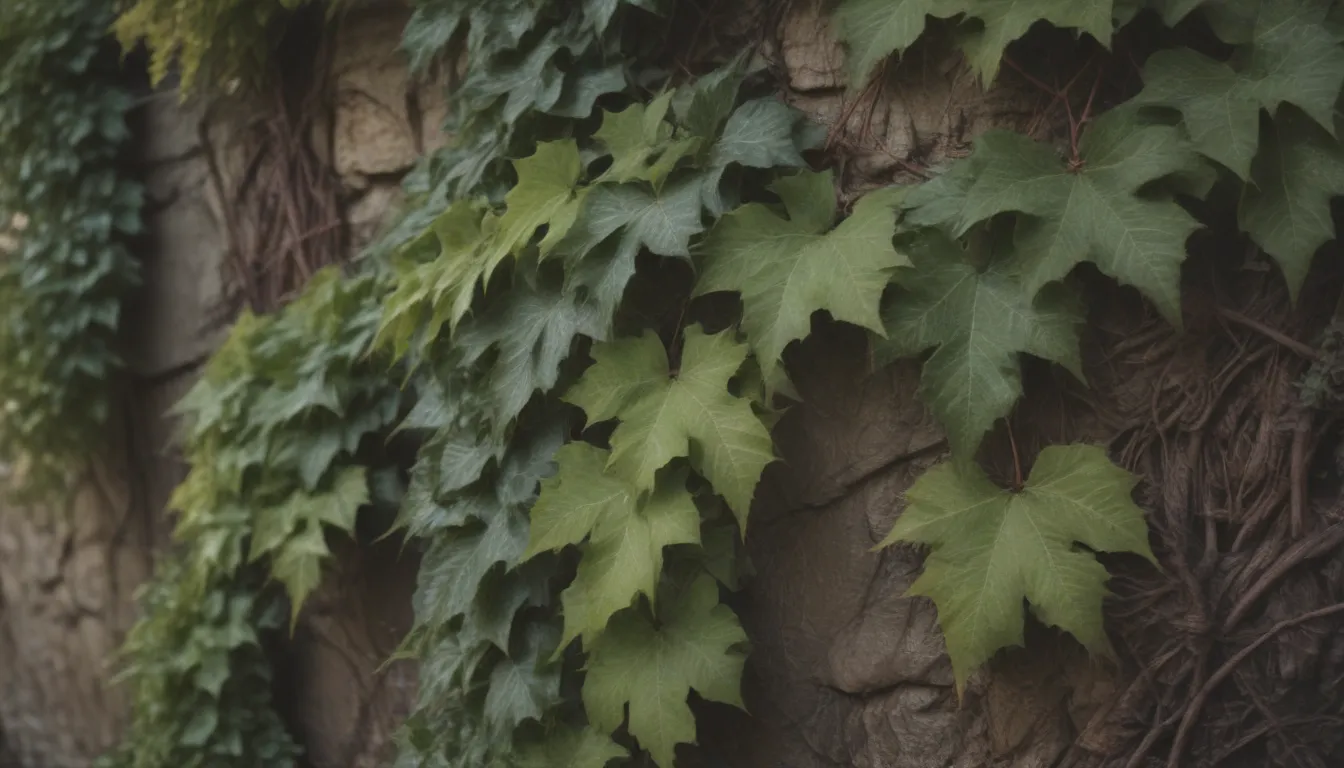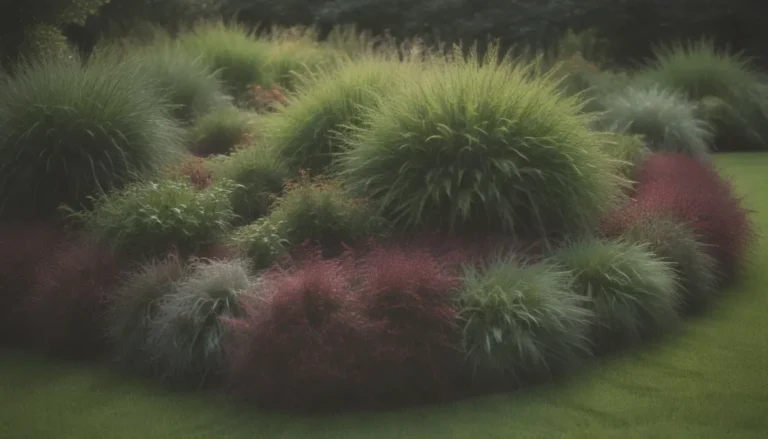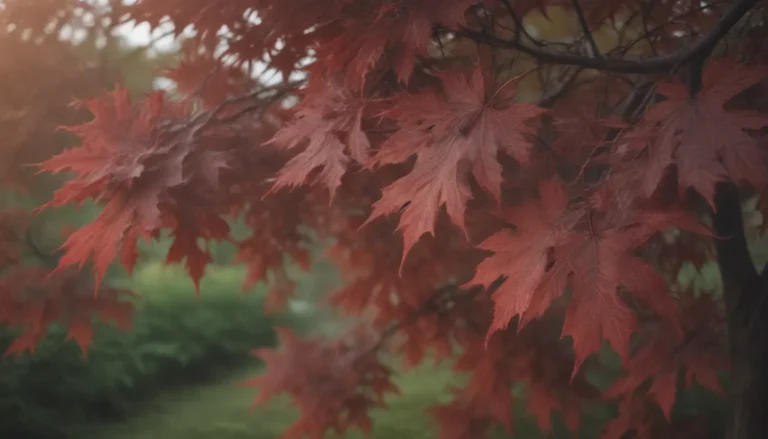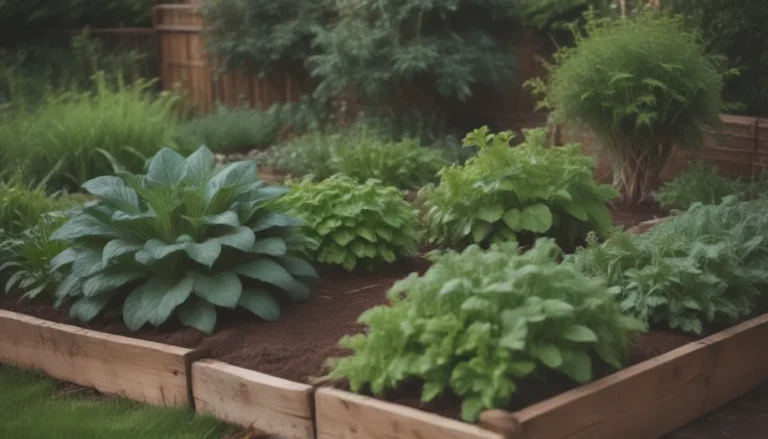The Ultimate Guide to Growing and Caring for Boston Ivy

If you’re looking for a versatile climbing vine that thrives in various conditions, Boston ivy is the perfect choice. Not only is it easy to grow, but it also adds a touch of elegance with its lush green leaves that turn a vibrant red in the fall. In this comprehensive guide, we will explore everything you need to know about growing and caring for Boston ivy to ensure it thrives in your garden.
Why Choose Boston Ivy
Boston ivy, also known as Parthenocissus tricuspidata, is a deciduous perennial woody vine native to China and Japan. It is commonly found adorning the walls of Ivy League universities, hence its nickname. Not only does Boston ivy provide greenery in the summer, but it also offers stunning fall colors, making it a popular choice among gardeners.
Unlike its invasive counterpart, English ivy, Boston ivy is a better option for those looking to add a climbing vine to their garden. While it is easy to grow and maintain, it is important to keep an eye on its growth to prevent damage to structures such as wood siding, gutters, and roofing.
In addition to its aesthetic appeal, Boston ivy produces small greenish-white flowers in the summer, followed by dark blue berries that birds love. Its fast-growing nature, reaching up to 10 feet per year, makes it a popular choice for arbors, pergolas, fences, and trellises.
Benefits of Growing Boston Ivy:
- Versatile and adaptable to various growing conditions
- Provides lush greenery in the summer and vibrant fall colors
- Attracts birds with its berries
- Fast-growing vine suitable for arbors, pergolas, and fences
Boston Ivy Care
To ensure your Boston ivy thrives in your garden, it is essential to provide the right care and conditions for optimal growth. Here are some key care requirements to keep in mind:
Light:
- Boston ivy thrives in partial shade to full sun.
- To achieve maximal fall color, plant it in full sun.
- Avoid allowing Boston ivy to climb trees, as it can interfere with the tree’s photosynthesis.
Soil:
- Plant Boston ivy in well-drained, loamy soil with a pH between 5.0 and 7.5.
- It can tolerate various soil conditions and urban pollution.
Water:
- Water Boston ivy deeply during the first growing season to encourage root development.
- Water weekly, especially during hot weather, but it is drought-tolerant once established.
Temperature and Humidity:
- Boston ivy thrives in hardiness zones 4 to 8, with exposure to temperatures not below minus 10 degrees Fahrenheit.
- New growth may be susceptible to late spring frosts, but the plant usually recovers quickly.
Fertilizer:
- While fertilizing is often unnecessary, applying a phosphorus-rich fertilizer at planting time can encourage root development.
- Use an all-purpose fertilizer in the spring according to the product label instructions.
Types of Boston Ivy Cultivars
When shopping for Boston ivy, you may come across named cultivars that offer unique characteristics. Consider these popular cultivars to add variety to your garden:
- ‘Purpurea’
- ‘Atropurpurea’
- ‘Veitchii’
- ‘Green Showers’
- ‘Fenway Park’
Pruning Tips
Boston ivy is a vigorous grower, so it is important to prune it regularly to maintain its growth and shape. Here are some pruning tips to keep your Boston ivy in check:
- Prune the vines once a year in late winter when dormant to control rapid growth.
- Trim away any out-of-place growth to ensure a neat appearance.
- Prune only one-third of the plant at a time to avoid damaging the vines.
- Avoid ripping the vine off walls to prevent damage; cut the vine at the base to allow it to die.
Propagating Boston Ivy
If you want to propagate Boston ivy, spring is the best time to do so. You can propagate it from seeds collected from the berries or through other methods like cuttings.
How to Grow Boston Ivy From Seed:
- Collect seeds from the berries and sow them in the spring for new plants.
Overwintering:
- Boston ivy is deciduous and goes dormant in winter, losing its leaves.
- There is no need to winterize it, as leaves will return in the spring.
Common Pests and Diseases
While Boston ivy is relatively resilient, it can still be affected by pests and diseases. Here are some common issues to watch out for:
- Scale: Look for small scabby lumps on the vine stems, indicating scale insects. Treat large infestations with a mixture of alcohol and insecticidal soap.
- Powdery Mildew: This fungal disease causes a powdery white residue on the leaves. Treat with a sulfur spray if necessary.
In comparison to English ivy, Boston ivy offers unique advantages such as its vibrant fall colors and less aggressive growth. While English ivy remains evergreen, Boston ivy’s foliage turns red in the fall, adding a burst of color to the landscape.
In conclusion, growing and caring for Boston ivy can add beauty and elegance to your garden. With the right care and maintenance, this versatile vine can thrive and provide year-round interest. Whether you’re looking for a climbing vine for your arbor or a colorful ground cover, Boston ivy is a fantastic choice for any garden setting.
Remember, Boston ivy’s toxic berries can be harmful to humans and pets, so it’s important to handle them with care. By following the care tips outlined in this guide, you can enjoy the beauty of Boston ivy in your garden for years to come.
Sources:
– Safe and Poisonous Garden Plants. University of California.
– Poisonous Plants. Michigan Humane.
By incorporating these tips and guidelines, you can create a beautiful and thriving Boston ivy garden that will be the envy of your neighborhood. Happy gardening!





